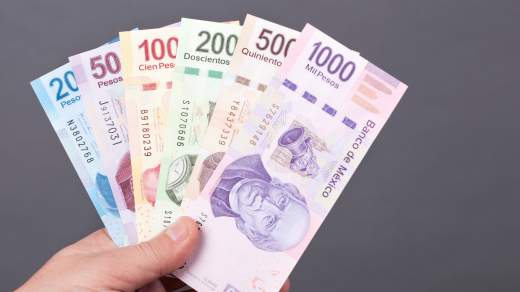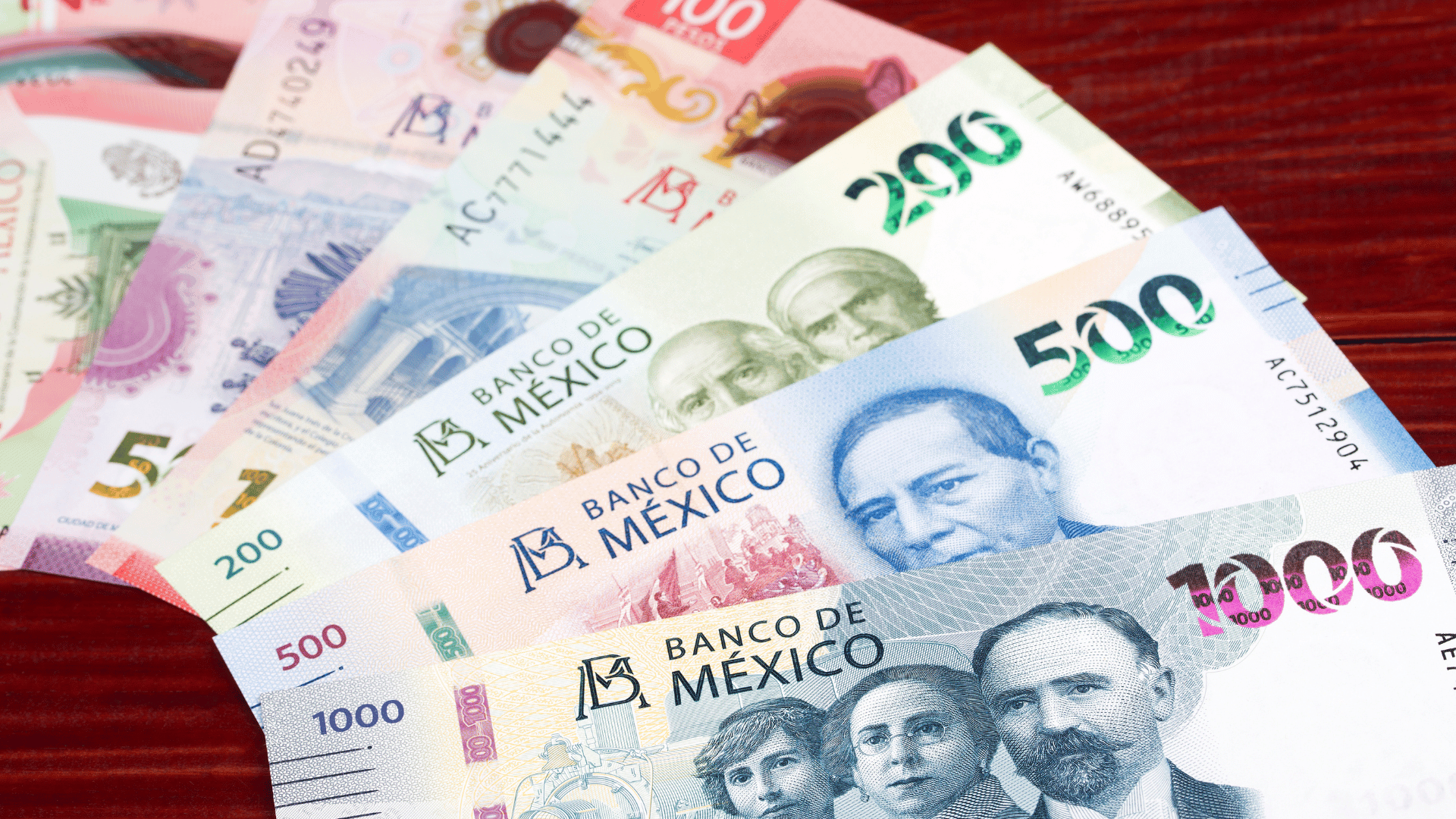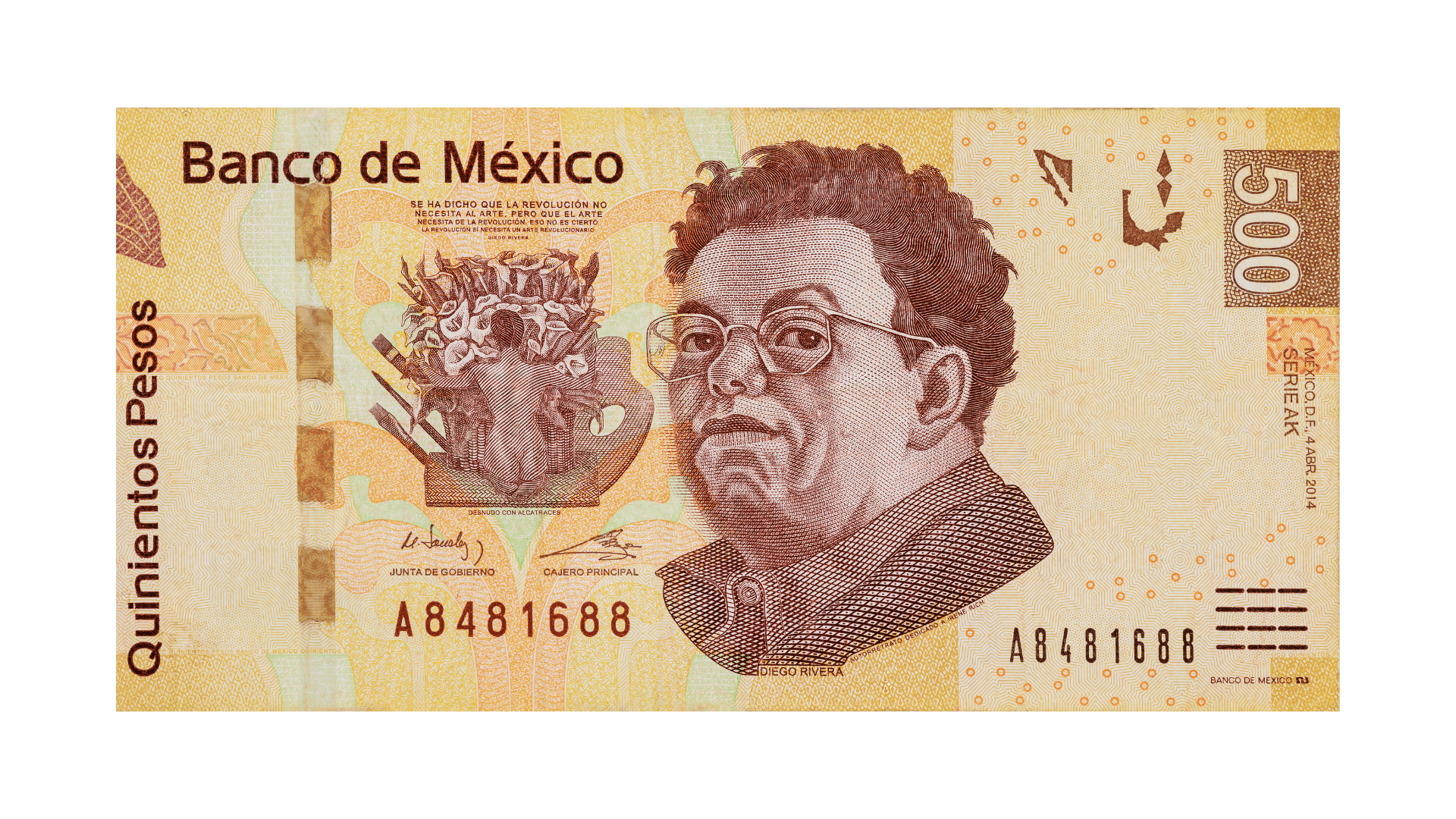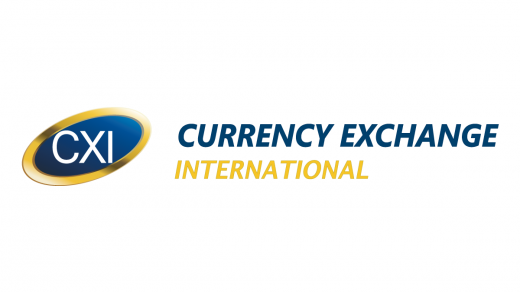5 Currency Facts You Probably Didn't Know About The Mexican Peso

Traveling to Mexico soon? Whether you're headed to the beaches of Cancun, the food markets of Oaxaca, or the museums of Mexico City, you'll be spending Mexican pesos. But the peso is more than just the currency of tacos and tequila. It's one of the oldest currencies in the Americas and has a fascinating economic and political history.
In September of 1925, the Bank of Mexico was given the authority to issue money. This was when they began printing banknotes and minting metal coins. The Mexican Peso is the official currency of Mexico, denoted by the $ symbol and currency code MXN.
If you want to land prepared, make sure to order Mexican pesos in advance so you're not scrambling at airport exchange counters or foreign ATMs.
See What Our Customers Have to Say
1. The Peso Helped Shape the Modern Currency System
The Mexican peso has roots that go back to the Spanish colonial silver coin, known as the real de a ocho or "piece of eight." These coins were minted in Mexico starting in the 1500s and became a trusted global standard because of their consistent silver content.
These silver coins became the backbone of trade across Asia, Europe, and the Americas during the Spanish Empire, thanks to Mexico's thriving silver exports. In fact, they were so reliable that they were legal tender in the United States until 1857. Early Americans used them in everyday transactions alongside their own early currencies.
The influence didn't stop there. The design and weight of the Mexican peso helped inspire the creation of the U.S. dollar, as well as the Chinese yuan and Japanese yen, all of which were modeled in part on the Spanish-Mexican silver coinage system.
So, when you're holding a modern peso in your hand, you're not just holding Mexican currency, but a direct descendant of one of the world's most historically influential forms of money.
2. Denominations and History

Today's Mexican banknotes are modern and colorful. Each one features a blend of historical figures, cultural landmarks, and cutting-edge security features.
Here's what you'll find:
-
Denominations: Common bills are $20, $50, $100, $200, $500, and $1,000 pesos. (There are also coins for 1, 2, 5, 10, and 20 pesos.)
-
Design themes: Notes feature icons like Frida Kahlo, Benito Juarez, and Diego Rivera, along with UNESCO World Heritage sites, native flora and fauna, and moments from Mexican history.
-
Security: Look for transparent windows, watermarks, color-shifting ink, microprinting, and tactile marks for visually impaired users.
3. The Symbol
That $ symbol you see on every price tag in Mexico? It doesn't mean U.S. dollars. In fact, the symbol originated from Spanish and Mexican usage before the U.S. dollar even existed.
It's believed the symbol evolved from an abbreviation of "Ps" for pesos, where the "S" was written over the "P." This eventually simplified into the dollar-like "$." The United States later adopted it for their own currency in the late 1700s, borrowing from a system already in widespread use in North America.
4. The Peso Was Once Backed by Silver
The term peso means "weight," and originally, it referred to a specific weight of silver. For centuries, Mexico's currency was directly tied to its rich silver mines. That silver wasn't just for domestic use, Mexico was the largest silver producer in the world, and its coins were trusted across continents.
Here's a wild detail: In earlier centuries, when smaller denominations weren't available, people literally cut coins into halves or quarters to make change. These chopped coins were accepted in markets just like whole coins.
The peso remained a silver-based currency well into the 20th century, until it switched to a fiat system like most modern currencies. But that deep history of tangible, precious-metal money is still embedded in the country's economic DNA.
Track the rate of the Mexican Peso with our Rate Tracker
5. One of the Most Traded Currencies in the World

Despite being a currency for a single country, the Mexican peso ranks in the top 20 most-traded currencies globally, often cracking the top 10. It's the most traded currency in Latin America, and by a wide margin.
Why? A few reasons:
Close trade links with the U.S.
Mexico is one of the United States' largest trading partners, thanks to deals like USMCA (formerly NAFTA). That means billions of dollars in goods cross the border daily, and those deals are often settled in pesos or require hedging against peso fluctuations.
Relative open financial markets
Compared to many other emerging economies, Mexico has fewer capital controls and a more transparent banking system. That makes it easier for global investors to buy and sell assets prices in peso.
Stable central bank policy
Mexico's central bank, Banco de Mexico, has earned credibility for keeping inflation under control and maintaining an independent monetary policy. For investors, that builds confidence in the peso as a relatively stable emerging market currency.
Used as a "proxy" for emerging markets
Because it trades in high volumes and reacts quickly to economic news, the peso is often used by global investors to speculate or hedge against broader trends in emerging markets. It's liquid, fast-moving, and easy to trade.
Don't forget to exchange your currency with us before you go. CXI is the #1 currency exchange provider in the U.S.
Keep in mind that if you're traveling in a group, you may be eligible for a special group rate.
Currency Exchange International (CXI) is a leading provider of foreign currency exchange services in North America for financial institutions, corporations, and travelers. Products and services for international travelers include access to buy and sell more than 80 foreign currencies, gold bullion coins and bars. For financial institutions, our services include the exchange of foreign currencies, international wire transfers, purchase and sale of foreign bank drafts, international traveler’s cheques, and foreign cheque clearing through the use of CXI’s innovative CEIFX web-based FX software www.ceifx.com



